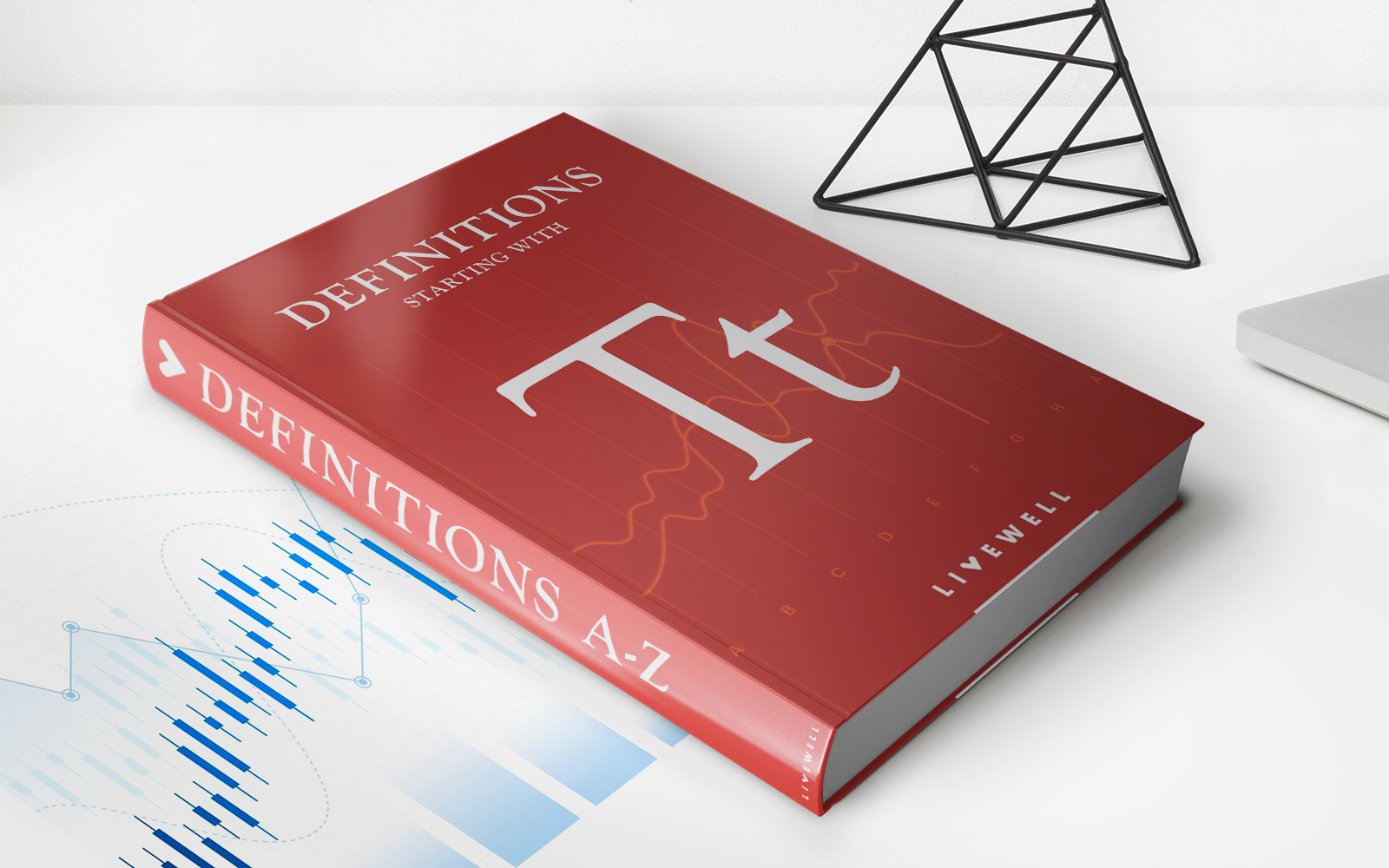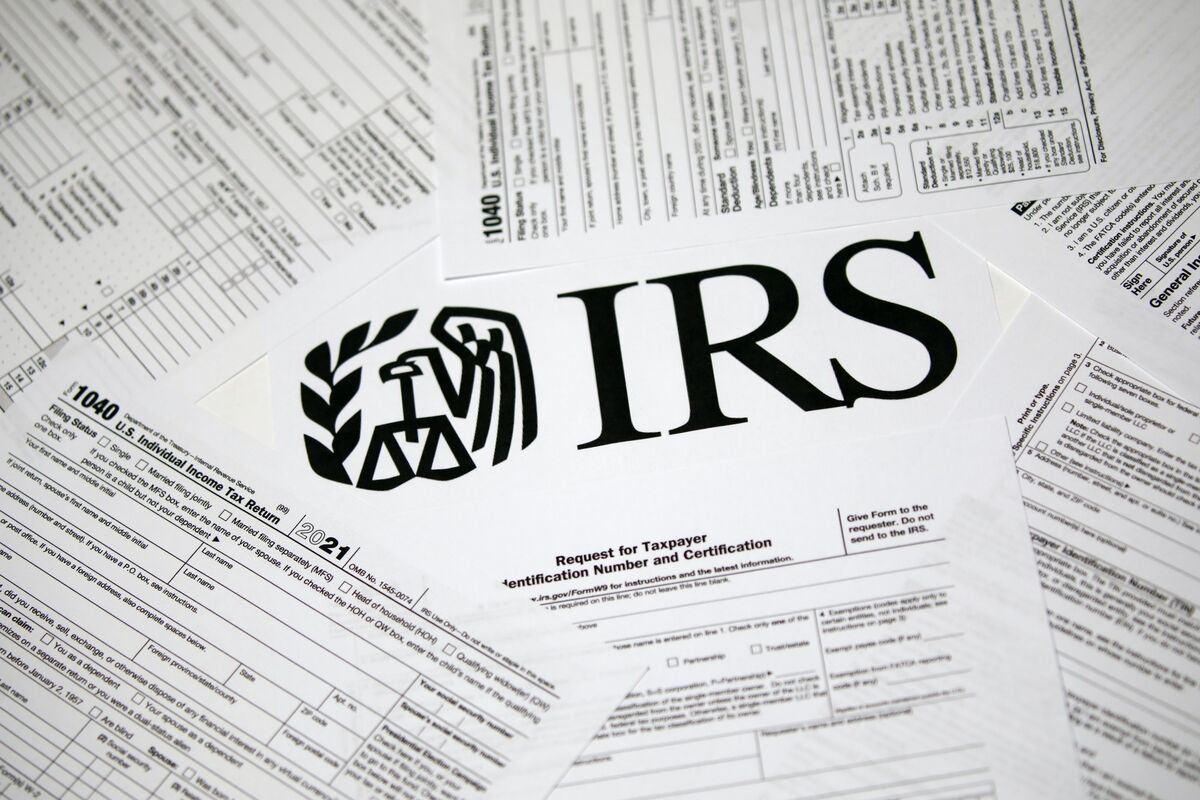Home>Finance>Underground Economy: Definition, Statistics, Trends, And Examples


Finance
Underground Economy: Definition, Statistics, Trends, And Examples
Published: February 13, 2024
Get insights into the underground economy in the finance sector, including its definition, statistics, trends, and real-world examples. Explore the hidden side of finance now!
(Many of the links in this article redirect to a specific reviewed product. Your purchase of these products through affiliate links helps to generate commission for LiveWell, at no extra cost. Learn more)
Welcome to the Dark Side: Exploring the Underground Economy
When we think of the economy, we often imagine legitimate businesses, transparent financial transactions, and above-board practices. However, there is a hidden world thriving beneath the surface – the underground economy. In this blog post, we will delve into the intriguing world of the underground economy, exploring its definition, statistics, trends, and providing real-life examples to shed light on this shadowy realm.
Key Takeaways:
- The underground economy refers to illegal or unreported activities that occur outside the scope of government regulation and oversight.
- It encompasses various sectors, such as tax evasion, cash-based transactions, and the trafficking of illicit goods and services.
What is the Underground Economy?
The underground economy, frequently referred to as the shadow or informal economy, encompasses a range of economic activities that are conducted outside the lawful framework of a country’s regulatory systems. These activities are unreported, untaxed, and fall under the radar of government oversight.
While this hidden economy is often associated with criminal activities, it also includes cash-based transactions that are not necessarily illegal but are not reported to tax authorities. Examples of such activities are babysitting or handyman services for cash without issuing an invoice or receiving payment for goods under the table.
Statistics on the Underground Economy:
Pinpointing the exact size of the underground economy is challenging due to its clandestine nature. However, studies estimate that it accounts for a significant percentage of a country’s GDP. According to the World Economic Forum, in 2019, the underground economy was estimated to represent around 10% of global GDP. However, this figure can vary greatly by country, with some nations experiencing higher rates of underground economic activities than others.
Trends in the Underground Economy:
Several factors contribute to the growth or decline of the underground economy, including economic conditions, government regulations, and technological advancements. Here are a few noteworthy trends:
- The rise of cashless transactions is making it more difficult for illicit activities to go unnoticed, as digital footprints are easier to trace.
- The digitization of goods and services has opened new avenues for underground activities, such as online marketplaces for counterfeit products.
- Globalization has increased the complexity of tracking underground economic activities, as transactions can easily cross borders and occur in jurisdictions with varying levels of regulation.
- The emergence of cryptocurrency has provided a new means for conducting illegal transactions, presenting both challenges and opportunities for law enforcement agencies.
Examples of the Underground Economy:
The underground economy encompasses a wide range of activities, here are three prominent examples:
- Tax evasion: The deliberate underreporting of income or inflating deductions to avoid paying taxes is a common underground activity. It deprives governments of significant revenue and distorts economic indicators.
- Counterfeit goods: The production and sale of counterfeit products, ranging from luxury goods to pharmaceuticals, is a thriving underground industry. These goods are often of inferior quality, pose health risks, and harm legitimate businesses.
- Human trafficking: One of the most devastating forms of underground activity is human trafficking. It involves the illegal trade of people for various exploitative purposes, such as forced labor, sexual exploitation, or organ harvesting.
These examples represent just a fraction of the myriad of activities that occur in the underground economy. The consequences of these activities can be far-reaching, impacting society, governments, and the economy as a whole.
Shedding Light on the Shadows
While the underground economy may remain largely hidden, understanding its prevalence, trends, and examples can help policymakers, law enforcement agencies, and individuals develop strategies to combat illegal activities and their harmful effects. By shining a light on the shadows, we can work towards a more transparent, accountable, and inclusive economy for all.
Thank you for joining us on this exploration of the underground economy. If you found this blog post informative, be sure to check out other articles in our Finance category for more valuable insights. Stay curious and stay informed!














